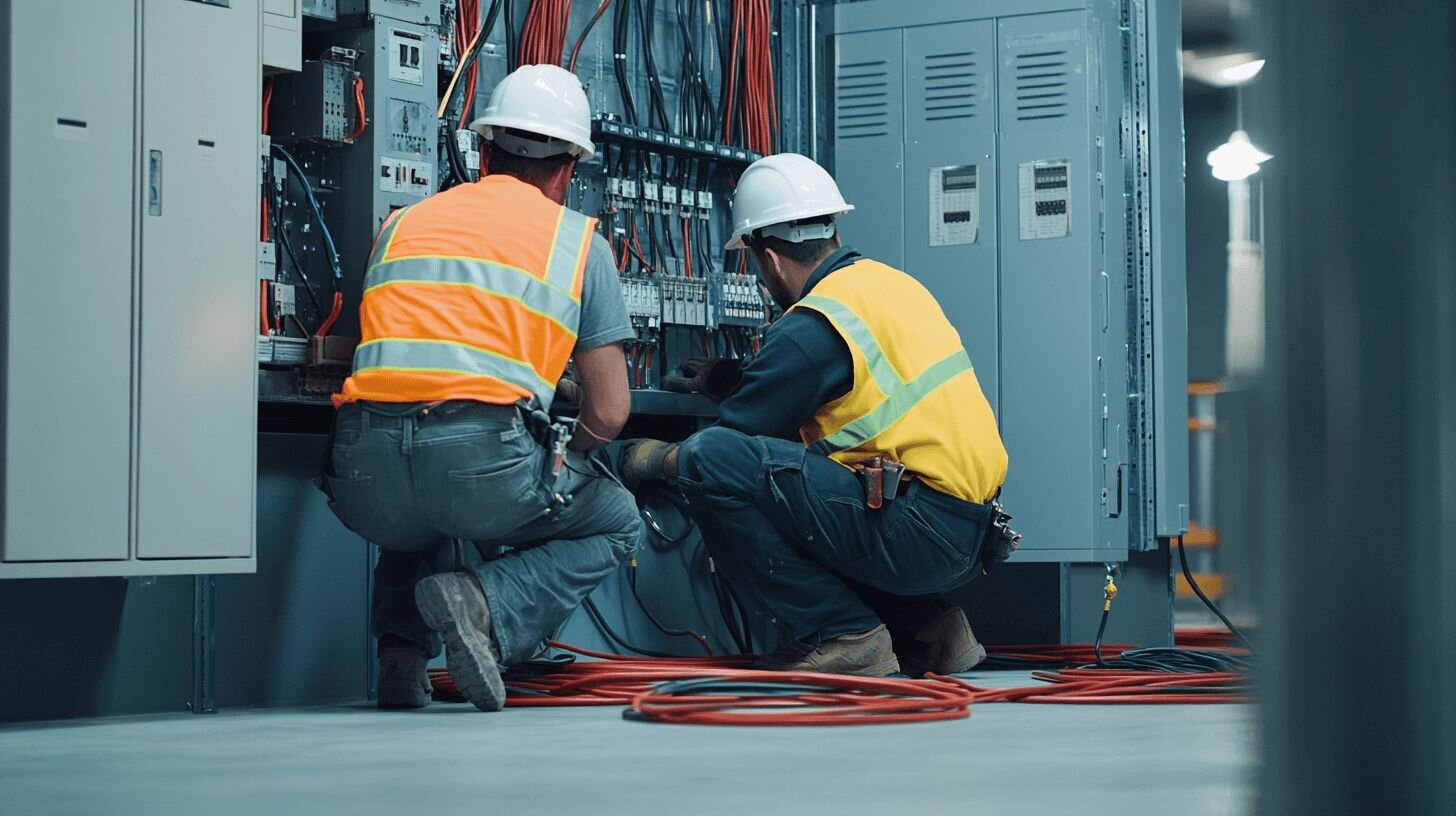The modern jobsite is a mix of decades and perspectives. Baby Boomers carry the wisdom of experience. Gen X keeps the gears turning. Millennials bring energy and process improvements. Gen Z is rewriting what digital fluency looks like in the field. Together, they make construction stronger—if leaders know how to harness the differences instead of letting them divide the crew.
Baby Boomers: The Experienced Backbone of Construction
Baby Boomers are the experienced industry vets who’ve seen the trades evolve from paper blueprints and pagers to tablets and AI. They’re the steady hands who know how to read a room, fix a problem before it hits the schedule, and pass down what can’t be Googled: judgment.
Boomers bring consistency, craftsmanship, and an unshakable work ethic. Their pride in doing things right anchors crews and quality standards across the industry. And for younger tech-forward teams, there’s a lot to learn from the way Boomers think about reliability and accountability.
But that experience can clash with change. The shift to digital tools and data-driven workflows can frustrate those who’ve spent decades getting the job done without a dashboard. Many don’t resist technology itself—they resist technology that slows them down. When systems aren’t designed for the way real work happens, it’s easy to lose buy-in from the very people who hold the most knowledge. Implement tools that make it easier for experienced tradespeople to do their jobs while sharing what they know and training the next generation.
The Boomer Breakdown
- Strengths: Expertise and reliability
- Weakness: Resistance to change
- Solution: Implement tech solutions that blend with current workflows
Gen X: The Bridge Between Old and New
On most jobsites, Gen X leads the charge. They’re the leadership keeping the lights on and the margins tight. They understand what it means to grind through the work, but they also know how to use technology to do it smarter. Gen X grew up before cell phones and BIM, but built their careers on both.
Gen X brings pragmatism born from solving problems without expecting perfect tools. They’ve seen too many software demos that overpromise and underdeliver, so they don’t buy into the hype. When they see a solution that actually reduces busywork, sharpens visibility, and gives their team back time, they’re the first to champion it.
But there’s pressure on this group. Many are caught in the middle—managing younger digital natives while still relying on Boomer mentors nearing retirement. They’re stretched thin, asked to do more with less, and often carry the weight of both leadership and labor. Without the right systems in place, even the most capable Gen X leaders risk burning out trying to hold it all together.
The Gen X Breakdown
- Strengths: Problem-solving and pragmatism
- Weakness: Burnout
- The Solution: Provide tools that actually help keep projects on track
Millennials: Redrawing the Blueprint
Millennials entered construction during a time of change: Technology was reshaping the industry, the labor gap was widening, and the old ways didn’t always fit the new pace. But they didn’t shy away. Millennials brought fresh energy, new ideas, and a hunger to make the work better, not just faster. They are also the first truly digital generation on the jobsite. But they’re not interested in tech for tech’s sake. They want technology that works the way they do: quickly and reliably.
This generation values purpose and impact. They care about doing work that matters—building hospitals, schools, and the infrastructure that keeps the world running. They want to know how their work connects to the bigger picture, and they respond to leaders who communicate openly and trust them to take ownership.
Many Millennials stepped into leadership early, often without the mentorship their predecessors had. This can result in high stress levels and burnout that pushes talented workers out of the field just as they hit their stride. Millennials stay with companies that provide the right training and that respect work-life balance with flexible scheduling, communication, and jobsite systems.
The Millennial Breakdown
- Strengths: Resiliency and tech-savviness
- Weakness: Lack of commitment (when culture and values aren’t aligned)
- The Solution: Deliver value and support through leadership, tech, and company culture
Gen Z: The Next Wave of Builders
Gen Z is stepping onto the jobsite with a different perspective. They’ve grown up in a connected world and naturally blend tech and teamwork. They’re quick learners, fluent in digital tools, and unafraid to question why things are done a certain way. They bring fresh eyes to long-standing problems and a bias toward solving them faster.
This generation is driven by purpose and balance. They want work that means something, not just a paycheck. They value clear communication, flexibility, and systems that make sense. They’re also looking for mentorship, stability, and growth—the chance to build careers, not just hold jobs.
Gen Z needs leadership that listens. They don’t just want to be told what to do—they want to understand the “why” behind the work. Gen Z won’t stick with a company for long if the environment feels outdated or disorganized. When technology is clunky or leadership doesn’t adapt to innovation, they’ll look for companies that do.
The Gen Z Breakdown
- Strengths: Innovative and creative
- Weakness: Won’t simply accept the status quo
- The Solution: Make sure leadership is willing to listen and adapt to new ways of thinking
The Common Ground
Contractors can support a multi-generational workforce by creating strong mentorship programs that blend Baby Boomers’ expertise, Gen X’s problem-solving ability, Millennials’ resilience, and Gen Z’s innovative thinking. Invest in technology that actually improves processes and workflows and is easy to implement in the field. Explain how every project and goal supports the greater good, whether related to the company or community, to motivate all generations.
Allow the flexibility all generations require. Provide the steady ladder for Boomers and Gen X to climb, as well as the benefits and flexibility Millennials and Gen Z need to stay committed. Most of all, leaders need to be present and authentic to retain all generations. Build trust by showing up, communicating clearly, and backing the team. When people see that the company stands for something bigger than profit, they’ll bring their best—no matter what year they were born.



